DIY maintenance issues
There are some simple and common repairs and fixes that you can do to maintain your home. Click through the list below for details.

Follow our simple guide to changing a spotlight without any hassle.
With so many different types of spotlights and fittings, changing a bulb can be quite confusing. If you’re not sure of which bulb type to use, you can always take your old one to your local DIY store.
How to change a spotlight
- Make sure the light switch is off.
- Isolate the fuse - locate your fuse box and turn off the light trip switch.
- Ensure you can safely reach the bulb, ideally with a step ladder.
- Let the bulb cool to room temperature before you handle it.
- Look for the metal ring around the light bulb, then squeeze the brackets together to release the ring, and then pull the bulb out.
- Replace the bulb by lining up the pins and pushing the new bulb up to click it in place.
- Pop the metal ring back on and secure it in place.
- Check it works by switching the trip switch back on and turning the light switch on.
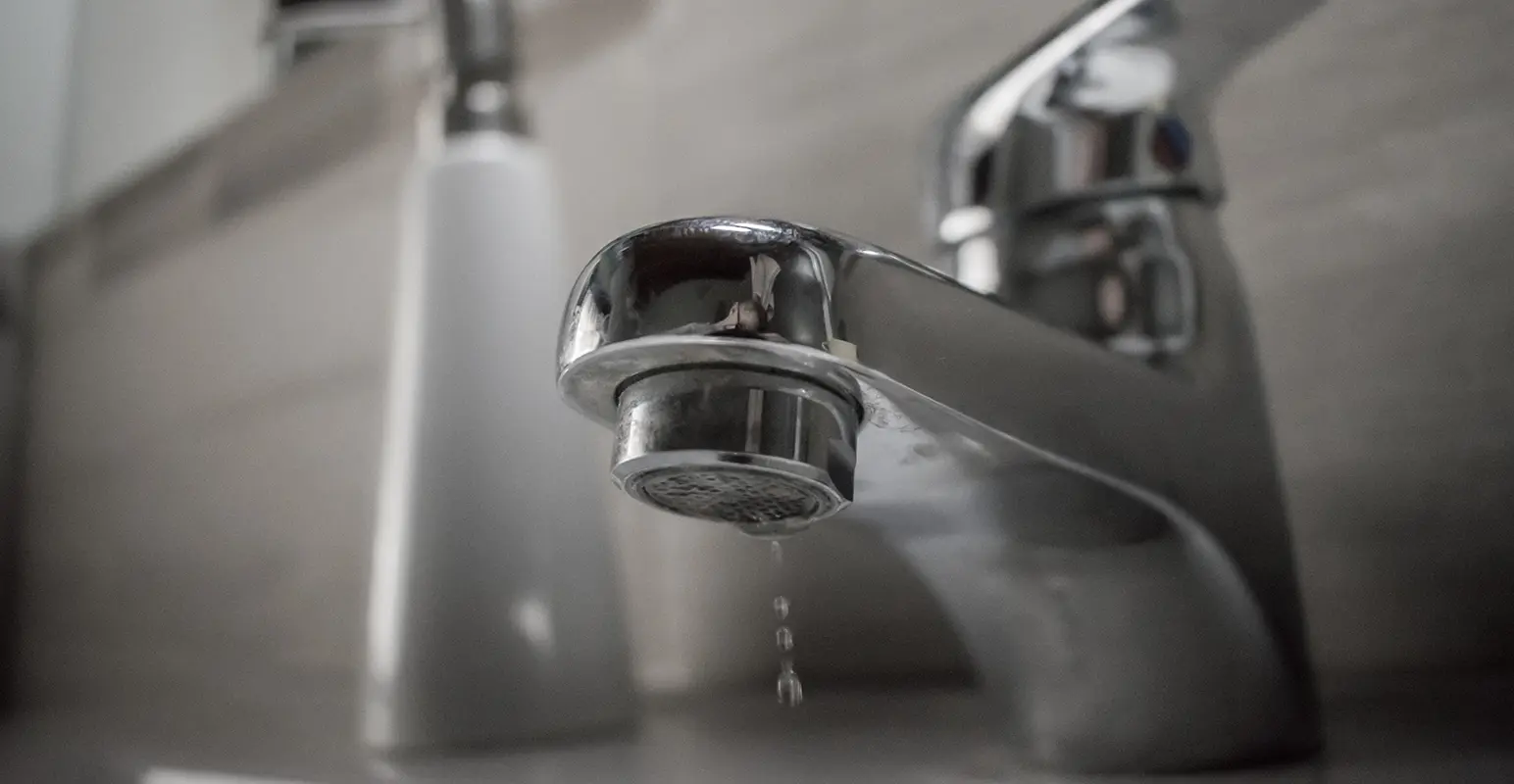
There are many types of leaks that can happen in the home - the most common being to the plumbing system.
Some leaks are harder to spot than others, as pipes can be hidden away behind walls or under bathtubs. If you have a leak but can’t see where it’s coming from, this could be:
- A roof leak
- A waste pipe leak
- A toilet cistern leak
What to do if you spot a leak
- Isolate the leak as soon as possible by turning off the main stopcock or the individual isolation valve to the leaky pipe.
- If you can’t find or access the stopcock or isolation valve, place a container under the leak to catch the water. If it’s a minor pipe leak, grab a towel and wrap it around the pipe to soak up the water.
- You can report a repair here. If you’re a homeowner, call a qualified plumber or roofer.
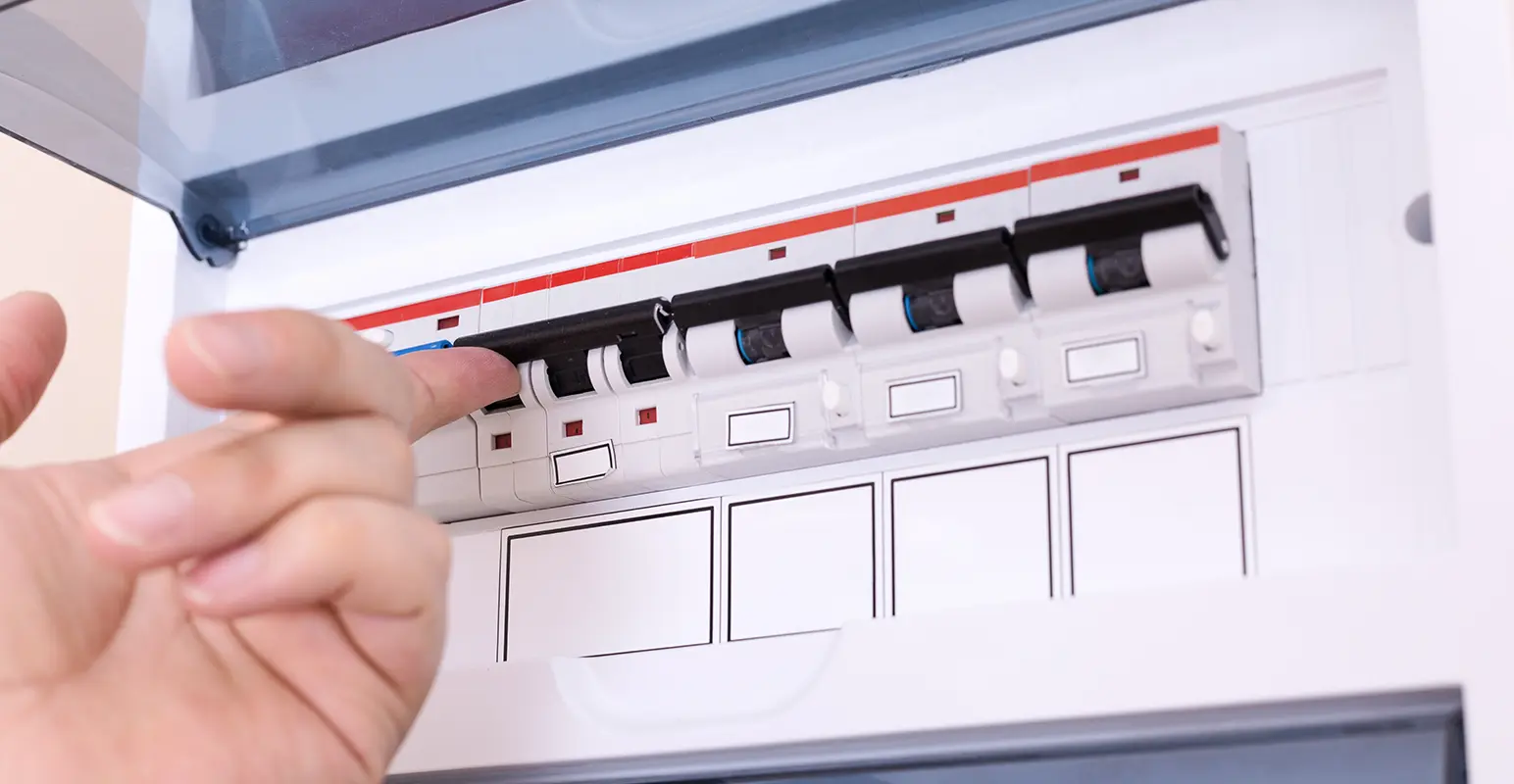
When you have a loss of power in your home, this is likely to be down to one of three issues.
Some power outages are easier to fix than others, and you may be able to deal with most issues yourself.
Common causes of power outages
- Have you run out of credit? If you have a pre-payment meter, check the balance to see if you have credit. If you think the meter may be faulty, contact your energy supplier.
- Has a fuse tripped? If your electricity cuts out when you turn on a light switch or an electric appliance, this probably means the fuse has tripped. Check your fuse box to see if all switches are pointing upwards – if any are pointing down, flick them back up to restore the power. If the issue continues, you may have a problem with your wiring or electricity supply that needs professional help.
- Is there a power cut? If your streetlights and neighbours’ lights have also turned off, then your local area may have lost its electrical supply.
If it looks like there has been a power cut, you can get free help and advice from your network operator by calling 105. You can also check your electricity supplier’s website for updates on the situation and an estimate of how long the issue will last.
In the event of a power cut, UK Power Networks advises to:
- Switch off all electrical appliances that shouldn’t be left unattended, ready for when the power comes back on.
- Leave a light on so you know when the power outage has been resolved.
- Check to see if your neighbours are OK.
- Wrap up warm.
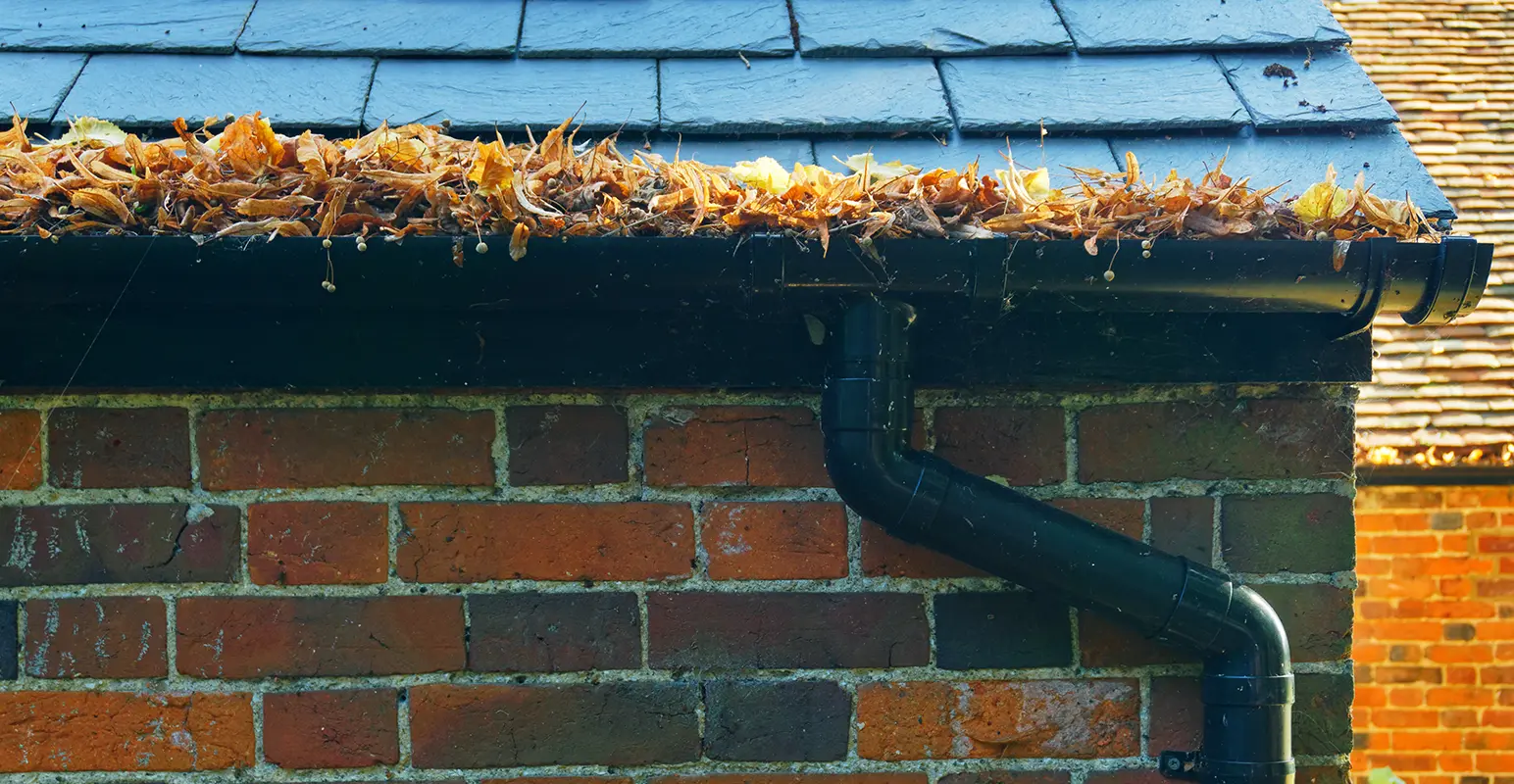
To help you prepare for the winter months, here are our top tips to help make sure your home can handle the falling temperatures, plus some information on fuel discount schemes you may be entitled to.
How to get set for winter
- Get your boiler serviced. A poorly maintained boiler can waste energy, cost you more money, and run the risk of leaking carbon monoxide. If you rent your home, it's essential that you allow us to access your property to carry out the annual gas safety check. For leaseholders, always use a Gas Safe registered engineer when you book in your service.
- Check your heating. Turn your boiler on for at least 15 minutes (turn the room thermostat up to above the current room temperature by two or three degrees) and check that all your radiators are heating up. If any radiators or controls are not working properly, get in touch with us.
- Bleed your radiators. If your radiators are cooler at the top than they are at the bottom, then they have trapped air inside, which stops the heat circulating properly. Bleeding the radiators will release the air and allow them to run more efficiently. For assistance, contact our repairs team to arrange a visit from a gas engineer.
- Fit draught excluders. Check the edges of your doors and windows for draughts. Any gaps can be sealed with self-adhesive draught strips that you can buy from your local DIY store.
- Make sure you’re on the best energy deal. Check whether you’re on the most cost-effective energy tariff by visiting websites that compare prices from different suppliers such as MoneySuperMarket and Uswitch. If you have a communal heating system, you won't be able to switch suppliers - gas is procured at the best possible rates to ensure your heating and hot water is cost effective. See below for a range of fuel discount schemes for people on lower incomes.
- Protect your pipes. Burst pipes can cause a lot of damage and are more common during winter due to rapid freezing and thawing. The best way to protect your pipes is to keep them warm with lagging, which will prevent them from freezing. You can buy all kinds of lagging in DIY shops, and most of them are easy to fit yourself where pipes are accessible. Get in touch with us if any insulation or 'lagging' around external pipes needs replacing.
- Home insurance. Check to make your that your home insurance policy covers you for any winter-related damage.
- Guttering. During winter, gutters and drainpipes may start to fill up with fallen leaves and create a blockage. Water can then start backing up into the guttering and leaking into the roof and down the walls of the house. If you notice these signs, please contact our repairs team.
Winter fuel bill savings and discount schemes
With colder weather just around the corner, many of us are thinking about the cost of keeping warm. There are a number of schemes available to help towards the cost.
Warm Home Discount Scheme
Did you know you might be eligible for £140 off your electricity bill this winter through the Warm Home Discount Scheme? The scheme is open to people who receive the Guarantee Credit element of Pension Credit or those who fulfil their energy supplier’s low-income criteria. How you apply for the Warm Home Discount Scheme depends on how you qualify for the discount. To find out more, please visit the government's website dedicated to Warm Home Discount Scheme.
Cold Weather Payment
If you receive Pension Credit, Income Support, income-based Jobseeker’s Allowance, income-related Employment and Support Allowance, Universal Credit or Support for Mortgage Interest, you might be eligible for £25 for each seven-day period of very cold weather between 1 November and 31 March. After each period of very cold weather in your area, you should get a payment within 14 working days. It’s paid into the same bank or building society account as your benefit payments. Find out more about the Cold Weather Payment.
Winter Fuel Payment
If you were born on or before 5 October 1954, you could get between £100 and £300 to help you pay your heating bills. You usually get this Winter Fuel Payment automatically if you’re eligible and get the State Pension or another social security benefit (not Housing Benefit, Council Tax Reduction, Child Benefit or Universal Credit). If you’re eligible but don't get paid automatically, you'll need to make a claim.
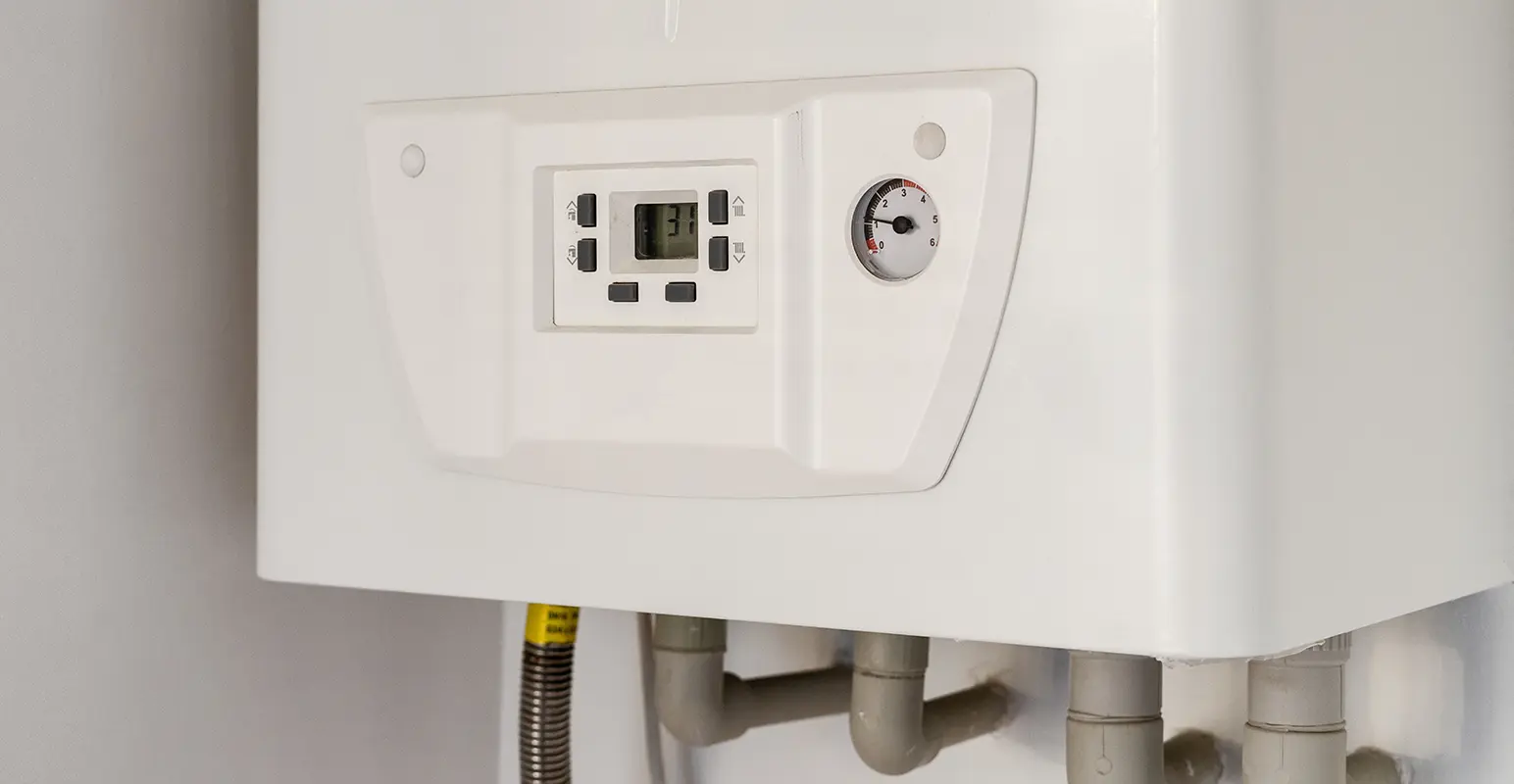
If you are experiencing a loss of hot water or heating, there are a couple of things you can do before reporting a repair.
Boiler breakdowns can be common during the colder months as a lot of strain is suddenly being put on the system after a long period of inactivity.
What to do if you have no hot water or heating
- If you have a pre-payment meter, check your balance. If the meter has run out of credit, topping it up will restore the gas supply.
- Check the pressure gauge on your boiler – if it is below one bar, then your boiler will need to be repressurised. If the pressure is above one bar, check that your boiler programmer/thermostat is turned to the 'on' position for heating/hot water, that your room thermostat is turned up, and that the hot water cylinder thermostat is turned up to 60.
If the problem continues, you can report a repair here. If you are a homeowner, please call a Gas Safe Register plumber.

Making sure that your home is free of condensation, damp and mould is really important.
Damp, mould and condensation
We are committed to meeting the needs of our customers and providing homes that are warm and dry. We understand that damp, mould and condensation can be concerning. If you have problems with damp, mould or condensation in your home, please let us know straight away.
You can watch the video below for a summary of our responsibilities, policy and advice for reducing the possibility of condensation, damp and mould developing on the video here:
View a version translated into Arabic here.
Damp, mould and condensation can occur as a result of a defect with your property so it’s important that you report any issues when they occur so we can deal with the property quickly.
You can report any concerns to us using the information below.
Our responsibilities include inspecting your property when you report damp, mould and condensation, diagnosing and dealing with the problem and letting you know the cause of the problem and providing you with advice
Your responsibilities include reporting any issues and repairs to us, allow access to completing repairs and inspections and seeking advice if you are considering any alterations to your property.
Making sure that your home is free of condensation, damp and mould is really important.
Condensation is moist air that collects on a cold surface such as a window or cold wall. Left untreated, it can create damp and then mould which can affect your health and home.
Condensation usually appears where there isn’t enough ventilation, so you might see it in the bathroom or kitchen, or in places where air doesn’t flow easily.
Here is some advice to reduce condensation, damp and mould in your home.
In the kitchen…
- When you’re cooking or boiling a kettle, try to keep the door closed to prevent steam moving around your home. Steam will collect on walls and windows and create condensation. Make sure your extractor fan is switched on if you have one, if you do not have one in your kitchen please report this to us as soon as possible so that we can arrange one to be installed.
- Cover your pans with lids when you’re cooking and leave your extractor fans on, you can also open your windows. Both of these will help to clear the air of moisture.
In the bathroom…
- Condensation, damp and mould in the bathroom is caused by hot baths and showers that send moisture into the air. When you’re taking a shower or bath, make sure your extractor fan is switched on if you have one, if you do not have one in your bathroom please report this to us as soon as possible so that we can arrange one to be installed You can also open a window to get rid of the steam.
Around the home…
- When possible and safe, try to keep your windows open to encourage fresh air to flow around your home.
- Try to avoid drying clothes inside or over radiators. If you can’t, then place the clothes on a rack in a room next to an open window and close the door. If the room has an extractor fan, keep it switched on until your clothes are dry.
- Try and keep your furniture at least 5cm away from walls to allow air to flow around it.You may want to keep soft furnishing away from external walls where moisture can collect.
- Try to leave your central heating on a constant, low setting for as much time as possible, or set the timer to boost the heating in the morning and the evening.
- Leaving moisture on surfaces will encourage mould to grow. Wipe away any condensation from windows and doors to prevent mould.
- Don’t overfill your wardrobes and cupboards as warm, damp air can collect inside.
- If you have a tumble dryer, make sure that it is vented to an outside wall or the condenser is regularly emptied.
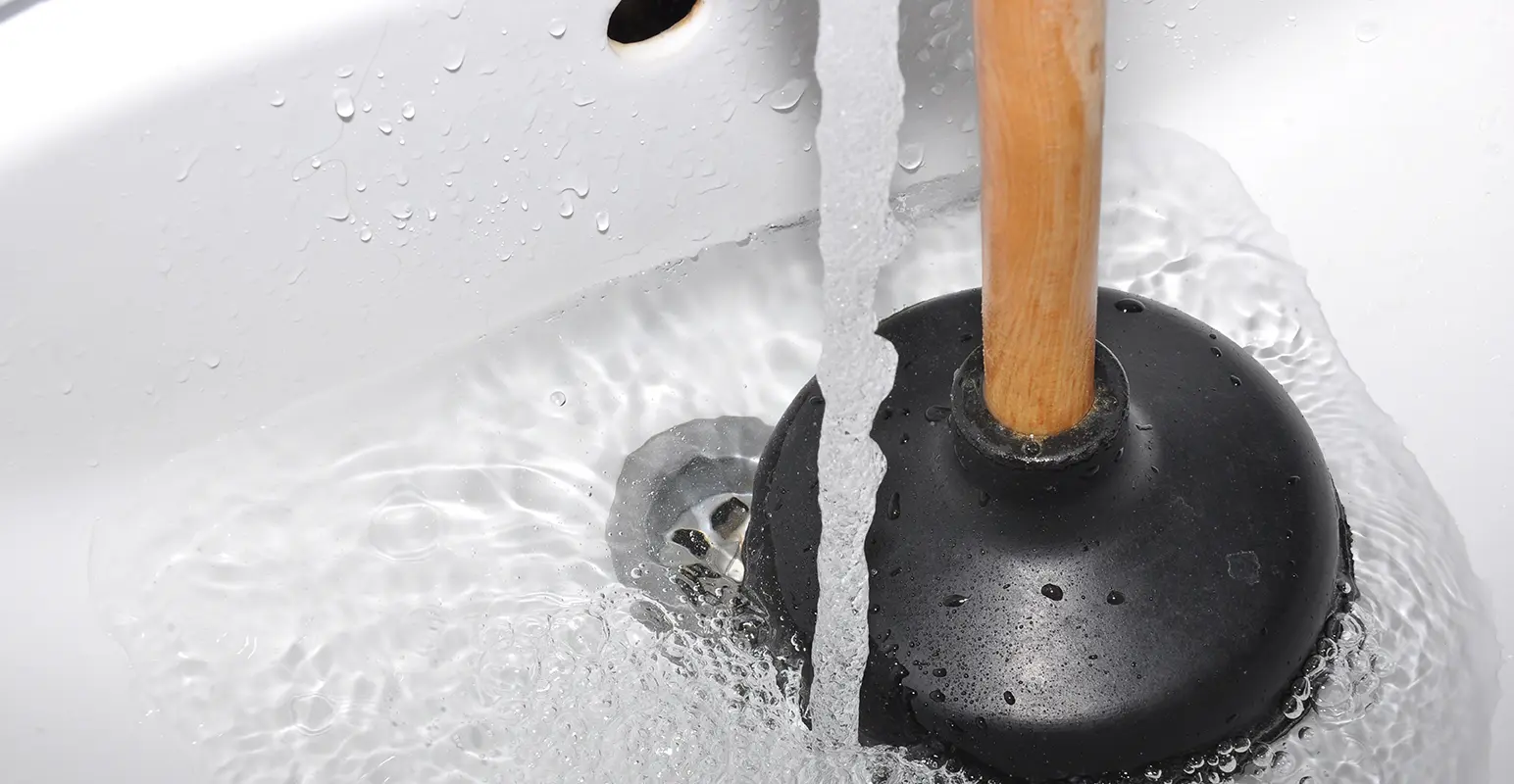
You don’t need fancy tools to unblock a sink or toilet, or any special DIY or plumbing skills.
How to unblock a toilet
A blocked toilet can seem like an emergency job, and you might panic and think it’s time to call a plumber. But very often it’s easy to fix by using a simple method. Firstly, if your toilet is blocked, don’t flush the toilet again, as this may make the problem worse.
You will need:
- Rubber gloves
- A plunger (or simply tie a bin bag over a mop head)
1. Place the plunger into the toilet bowl and push up and down. Don’t push too hard as this may cause the water or waste to spill out. Continue to plunge until the water runs away.
2. Lift the mop gently to the side of the toilet bowl, and flush.
3. Put a small amount of tissue inside the toilet bowl and flush once more to make sure the toilet is completely clear.
4. Check behind the toilet bowl to make sure that there are no leaks.
If this doesn’t work, you can try using chemical drain products from your local DIY store, making sure to follow the safety instructions carefully.
How to unblock a sink
If you’re stuck with a blocked sink, it’s not always obvious what the best approach is. As a guide, follow our simple steps to get the water flowing freely again.
You will need:
- A plunger
- An old dish cloth
- Some gloves
- Clean out any grime that might be stuck in the plug hole, and make sure that the plug hole is covered in water to give you an air-tight seal for the plunger.
- Use the dish cloth to block up the overflow opening of the sink. You might need to hold the dish cloth tightly against the overflow to ensure a good seal.
- Place the plunger over the plughole and ensure a seal is formed, then drive the handle up and down in a pumping action to create suction until the blockage has been removed. If you’re struggling, you could perhaps ask somebody to help, and they can focus on keeping the overflow seal tight while you use the plunger.
If this doesn’t work, your local DIY store can recommend the best chemical drain products, as well as the correct safety equipment such as rubber gloves and goggles.

